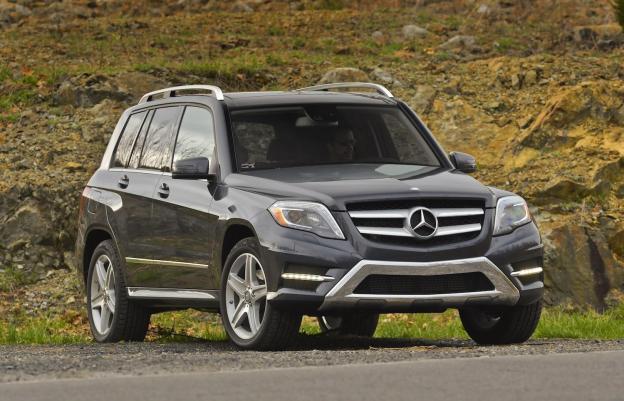
The Mercedes-Benz GLK250 BlueTEC 4MATIC has the most powerful four-cylinder diesel engine in the SUV market. In fact, the GLK250 stands as the first diesel-powered entry in the mid-size SUV market.
Starting at $38,590, the GLK250 BlueTEC 4MATIC is cheaper than the GLK350 4MATIC gasoline version – and more fuel-efficient.
Producing 200 horsepower and 369 pound-feet of torque, the GLK250 is one smooth mid-size luxury SUV – but not by accident. “The all-aluminum, in-line four-cylinder engine makes use of four valves per cylinder and dual overhead camshafts with vane-type variable valve timing. To smooth out the inherent vibration of an in-line four-cylinder engine, two Lanchester balance shafts spin at twice the crankshaft speed,” according to Mercedes.
On sale now, the GLK250 achieves 24 mpg city and 33 highway, which is segment-leading fuel efficiency.
On the interior of the GLK250, the story is much the same as the standard GLK350 except the GLK250 adds some new safety features, “including standard ATTENTION ASSIST and optional DISTRONIC PLUS with PRE-SAFE Brake, Active Blind Spot Assist and Active Lane Keeping Assist.”
We love the GLK for its refined yet sporty driving dynamics and equally refined and luxurious cabin. Now that Mercedes has offered a cheaper, more fuel-efficient version, we’re not sure why anyone would get the gasoline GLK350 variant.


